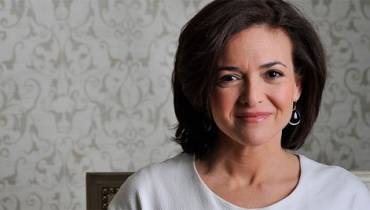Colors Kids Should Be Surrounded with to Boost Creativity & Well-Being
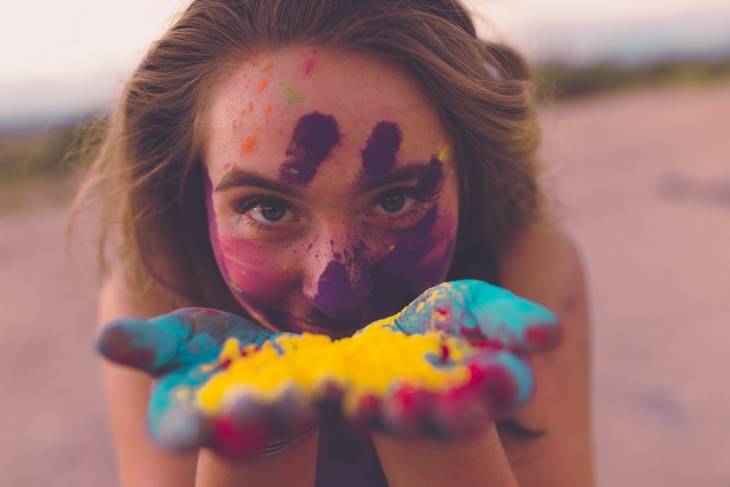
During the coronavirus pandemic, going in and out of lockdown impacted everyone differently, including children.
Post-Covid, worldwide issues like cost-of-living crisis, wars, and environmental calamities occasioned by climate change are still affecting people's well-being severely, including our kids.
The UK Education Endowment Foundation found that the global pandemic had a particularly detrimental effect on children’s language and speech acquisition.
Perhaps more troublingly, the difficult events of the pandemic period brought harm to our children’s mental health, as are wars, climatic, social, and economic challenges the world is facing today.
Surveys have identified issues such as poor sleep, lower concentration levels, and mental distress for kids have risen.
With the coronavirus pandemic over and normal life all but restored, many of the pandemic problems are rectifying, but new issues are emerging. There is still a need to nurture the healing process for our kids and boost their mental health today.
Color & Children’s Mental Health: Boosting Kids' Well-being
Creating the optimum environment for children’s mental health, as well as a conducive environment for kids' learning can help improve their overall health and well-being.
One of the easiest ways to do that is by surrounding them with the right colors, according to color psychology. Color psychology is the scientific exploration of how different hues can impact our moods, both positively and negatively.
In this article, we’ll highlight some of the best color choices for your home that'll bolster your children’s creativity and learning, while also providing them comfort, improved mood, and relaxation for overall good health and well-being.
Let's dive in with top tips and best colors to surround children with for optimal health and well-being:
1. Calm a bedroom with beautiful blues
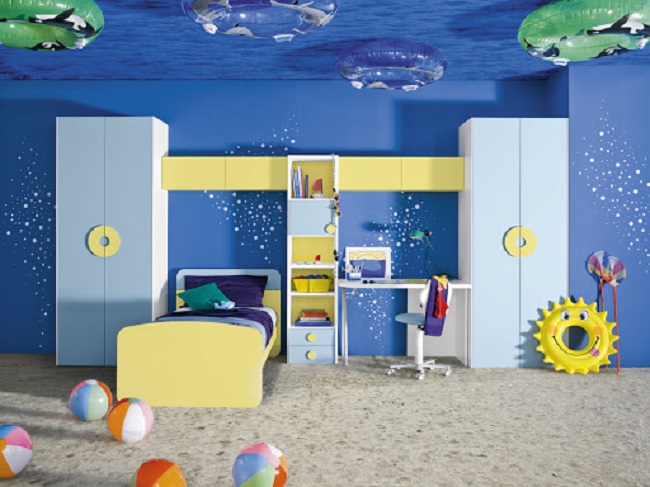
When you think of the color blue, what do you associate with it?
Some see it as calming, like a bright blue sky or the serene ocean. This is how your children perceive blue too, and it can have a number of positive effects on them.
Research shows that the color blue can help guide babies into a relaxing sleep, which means less stressful nights for them and for you! Its calming effects are so powerful that evidence suggests it can help active children with a lot of energy to relax.
St Giles Blue from Farrow & Ball paint strikes the perfect balance between vibrant and muted and makes a great base color for your children and babies’ bedrooms.
The International Journal of Advanced Research published a study that showed blue appears to stimulate creativity in children too. The study gave children between 8–12 years old a set of questions, one on blue paper and one on red. It found that the children who interacted with the color blue were able to produce more “novel” ideas with a wider variety of answers.
The red group, on the other hand, gave more “ordinary” answers.
2. Yellow to spark learning
Many people associate yellow with joy. It’s positive; it’s bright; and it’s sunny. This means it’s the perfect mood booster for both adults and children.
A landmark 1993 academic study found that children respond positively to bright colors like yellow as opposed to dark colors. It’s also associated with better concentration and memory, meaning it’s a great color to incorporate into your child’s learning.
Many recommend its use in nurseries, but at home, you could incorporate this with a yellow desk in your child’s room, or with yellow pencils, paper, or books. Psychologists recommend using yellow as an accent color rather than painting a whole room with it.
While red is well known for intensifying feelings of aggression and anger and isn’t recommended as a prominent room color, too much yellow can also invoke this in children.
3. Coming back to earth with green
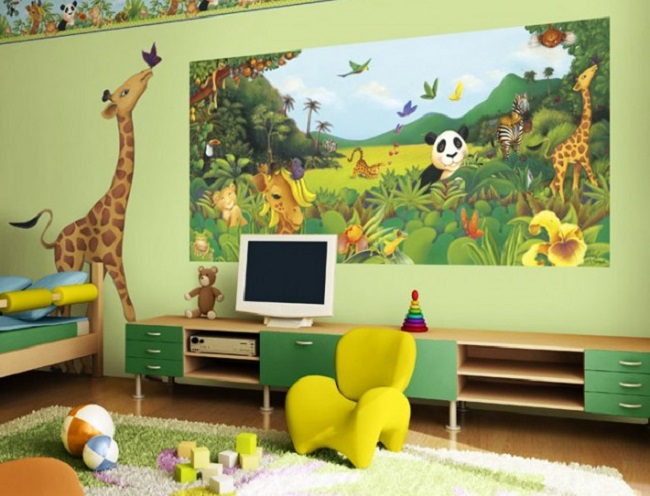
Green is both grounding and calming. It immediately conjures images of nature and tranquility. The color has so many positive effects on children that it’s hard to know where to start. Like blue, it can help children relax and even help babies drift off into a peaceful sleep.
That’s not all. While yellow is a great learning color because of its ability to increase concentration and memory, green is a great addition because it can increase reading speed and a child’s understanding of text. These attributes mean green is fantastic as the main color of a child’s bedroom, in their classroom at school, or at home.
It could be tempting to paint your child’s bedroom walls with a chirpy, bright green, but we would recommend a more subdued hue. These softer colors more closely resemble the greens we’ll find in nature for maximum relaxing effects.
4. Balance it out with brown and beige
Brown and beige can be relaxing, and they work brilliantly to complement bolder shades. These neutral colors are essential to balancing out the bright colors that inspire joy and creativity – because you can have too much of a good thing.
Schools often make use of these earthy tones. They tend to come in the form of light wooden furniture, but these tones may also be found on tables and classroom walls post-nursery.
That isn’t simply because they’re common interior colors, but instead because research shows too many bright colors can be distracting and overwhelming.
Color Psychology and Neurodivergent Children
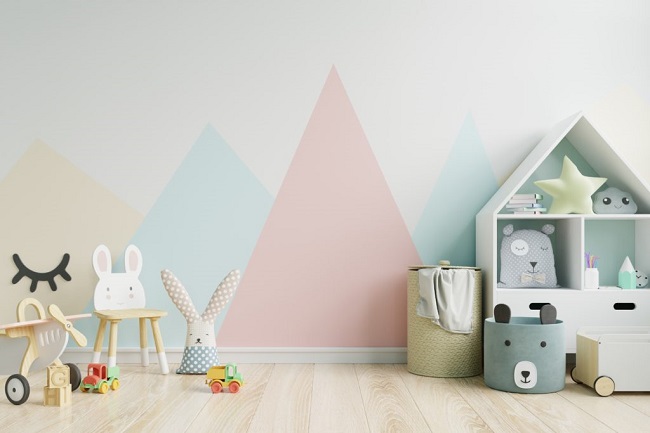
It’s important to know that some hues aren’t always beneficial. For example, some children may be more susceptible to being overwhelmed or distracted by color too.
While the psychology of color on neurotypical children is well established and clearly shows that bright tones are positive, autistic and neurodivergent children often react differently.
Studies show 85% of neurodivergent children perceive color more intensely. This means bright colors can contribute to sensory overload, with a 2016 academic study showing bright yellow is particularly overwhelming for autistic boys.
Green is a good choice because studies have shown autistic children are often drawn to the color. Pale pink has also been shown as a favorite color of autistic children. Experts recommend keeping colors in the home light and muted to make autistic children more comfortable.
In Conclusion
Challenging events that happen in the world today cause a lot of issues for everyone' mental health and well-being. Children are arguably the most affected. It’s vital that we do everything we can to support them to maintain good health and wellbeing.
Incorporating tried-and-tested memory, sleep, and mood-boosting colors into children's bedrooms (and your wider home) will help to provide comfort and relaxation to our kids as we fight to protect and strengthen their mental health and well-being.
















